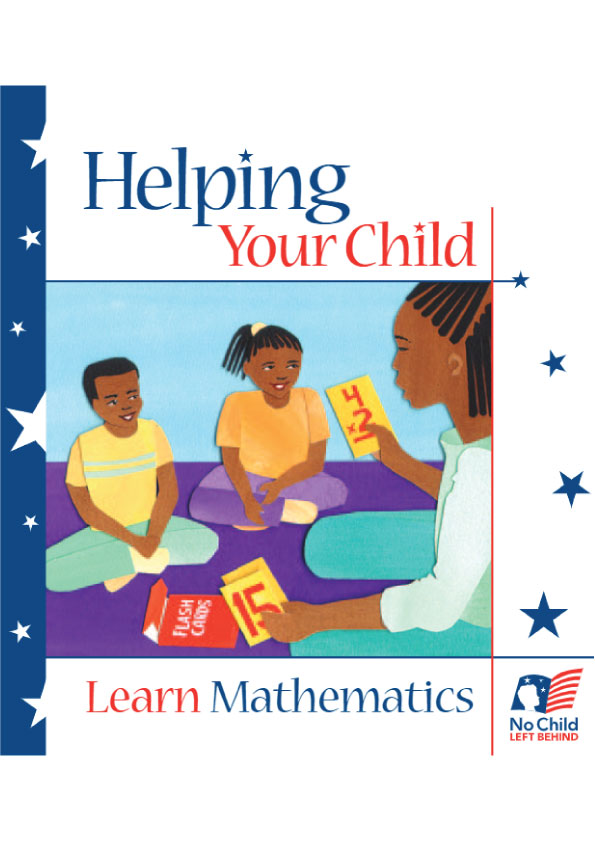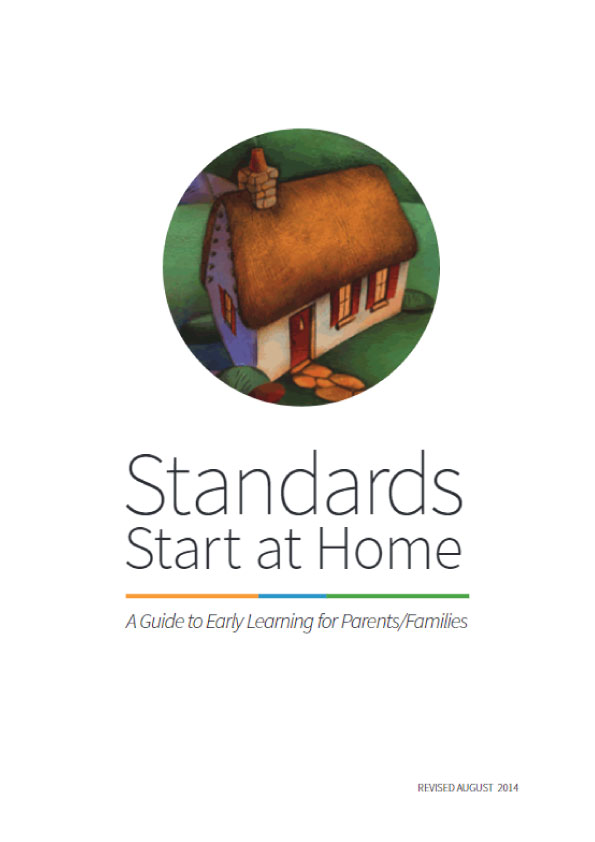What kind of attitude do you have toward math? Do you believe that math skills are important job and life skills? Do you see math as useful in everyday life? Or do you dread doing things that involve math—figuring out how much new carpet you’ll need, balancing the checkbook, reading the technical manual that came with the DVD player? How you answer these questions indicates how you may be influencing your child’s attitudes toward math—and how he approaches learning math.
Although parents can be a positive force in helping children learn math, they also can undermine their children’s math ability and attitudes by saying things such as: “Math is hard,” or “I’m not surprised you don’t do well in math, I didn’t like math either when I was in school,” or “I wasn’t very good in math and I’m a success, so don’t worry about doing well.” Although you can’t make your child like math, you can encourage her to do so, and you can take steps to ensure that she learns to appreciate its value both in her everyday life and in preparing for her future. You might point out to her how fortunate she is to have the opportunity to learn mathematics today—when mathematics knowledge can open the door to so many interesting and exciting possibilities.
In everyday interactions with children, there are many things that parents can do—and do without lecturing or applying pressure—to help children learn to solve problems, to communicate mathematically and to demonstrate reasoning abilities. These skills are fundamental to learning mathematics.
Let’s look closely at what it means to be a problem solver, to communicate mathematically and to demonstrate mathematical reasoning ability.
A problem solver is someone who questions, finds, investigates and explores solutions to problems; demonstrates the ability to stick with a problem to find a solution; understands that there may be different ways to arrive at an answer; and applies math successfully to everyday situations. You can encourage your child to be a good problem solver by including him in routine activities that involve math—for example, measuring, weighing, figuring costs and comparing prices of things he wants to buy.
To communicate mathematically means to use mathematical language, numbers, charts or symbols to explain things and to explain the reasoning for solving a problem in a certain way, rather than just giving the answer. It also means careful listening to understand others’ ways of thinking and reasoning. You can help your child learn to communicate mathematically by asking her to explain what she must do to solve a math problem or how she arrived at her answer. You could ask your child to draw a picture or diagram to show how she arrived at the answer.
Mathematical reasoning ability means thinking logically, being able to see similarities and differences in objects or problems, making choices based on those differences and thinking about relationships among things. You can encourage your child’s mathematical reasoning ability by talking frequently with him about these thought processes.
Some Important Things Your Child Needs to Know About Mathematics
You can help your child learn math by offering her insights into how to approach math. She will develop more confidence in her math ability if she understands the following points:
- Problems Can Be Solved in Different Ways.
Although most math problems have only one answer, there may be many ways to get to that answer. Learning math is more than finding the correct answer; it’s also a process of solving problems and applying what you’ve learned to new problems. - Wrong Answers Sometimes Can Be Useful.
Accuracy is always important in math. However, sometimes you can use a wrong answer to help your child figure out why she made a mistake. Analyzing wrong answers can help your child to understand the concepts underlying the problem and to learn to apply reasoning skills to arrive at the correct answer. Ask your child to explain how she solved a math problem. Her explanation might help you discover if she needs help with number skills, such as addition, subtraction, multiplication and division, or with the concepts involved in solving the problem. - Take Risks!
Help your child to be a risk taker. Help him see the value of trying to solve a problem, even if it’s difficult. Give your child time to explore different approaches to solving a difficult problem. As he works, encourage him to talk about what he is thinking. This will help him to strengthen math skills and to become an independent thinker and problem solver. - Being Able to Do Mathematics in Your Head Is Important.
Mathematics isn’t restricted to pencil and paper activities. Doing math “in your head” (mental math) is a valuable skill that comes in handy as we make quick calculations of costs in stores, restaurants or gas stations. Let your child know that by using mental math, her math skills will become stronger. - It’s Sometimes OK to Use a Calculator to Solve Mathematics Problems.
It’s OK to use calculators to solve math problems—sometimes. They are widely used today, and knowing how to use them correctly is important. The idea is for your child not to fall back on the excuse, “I don’t need to know math—I’ve got a calculator.” Let your child know that to use calculators correctly and most efficiently, she will need a strong grounding in math operations—otherwise, how will she know whether the answer she sees displayed is reasonable!
How to Use This Booklet
The major portion of this booklet is made up of activities that you can use with your child to strengthen math skills and build strong positive attitudes toward math. You don’t need to be a great mathematician or to have a college degree in math to use them. Your time and interest and the pleasure that you share with your child as part of working together are what matter most.
As the activities pertain to specific mathematical concepts, the booklet provides a glossary defining these concepts. Also, at the end of this booklet, you’ll find lists of resources, such as books for you and for your child, helpful Web sites and the names of federal agencies that you can contact for more information about how to help your child with math. Let’s get started!











